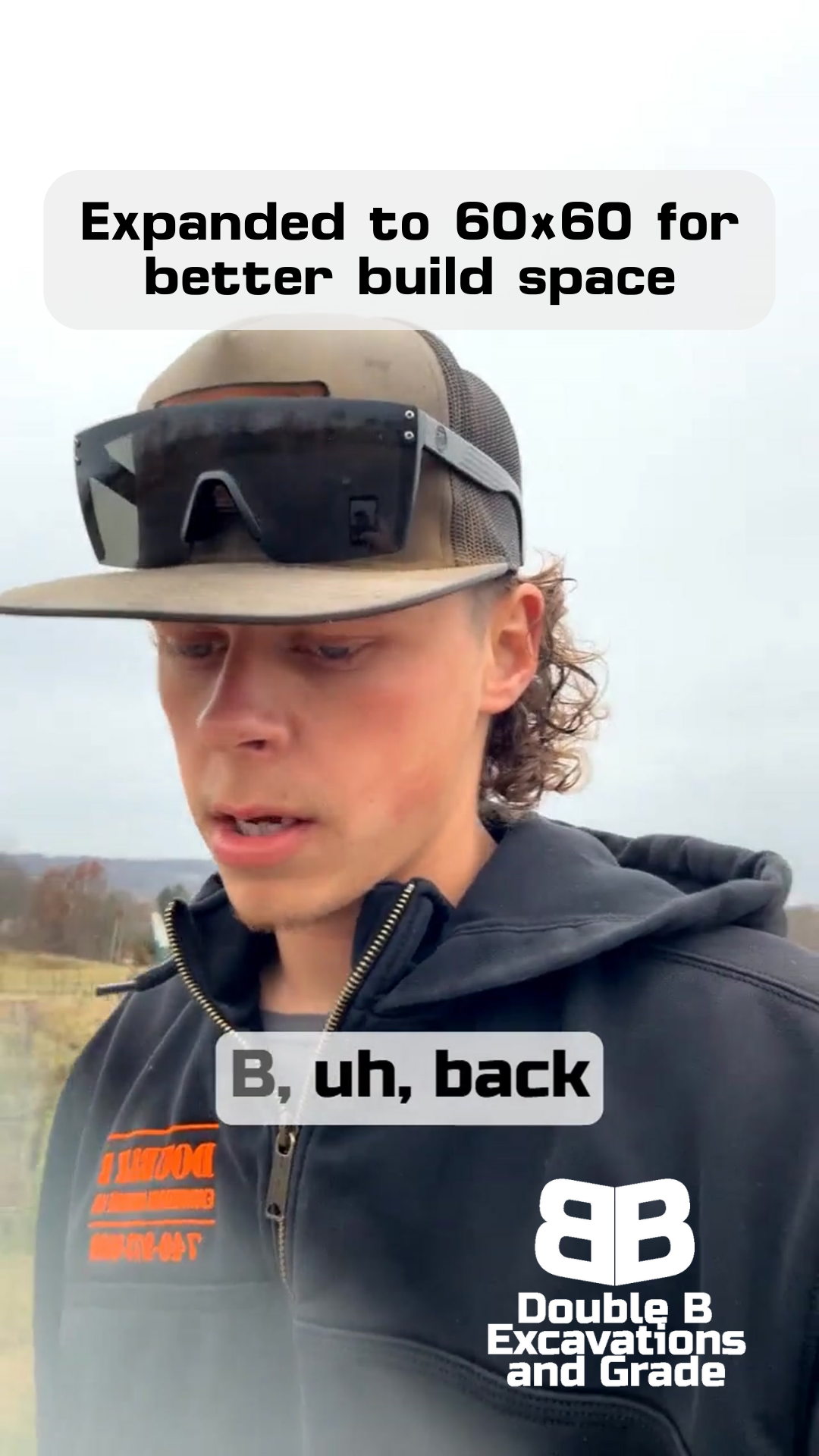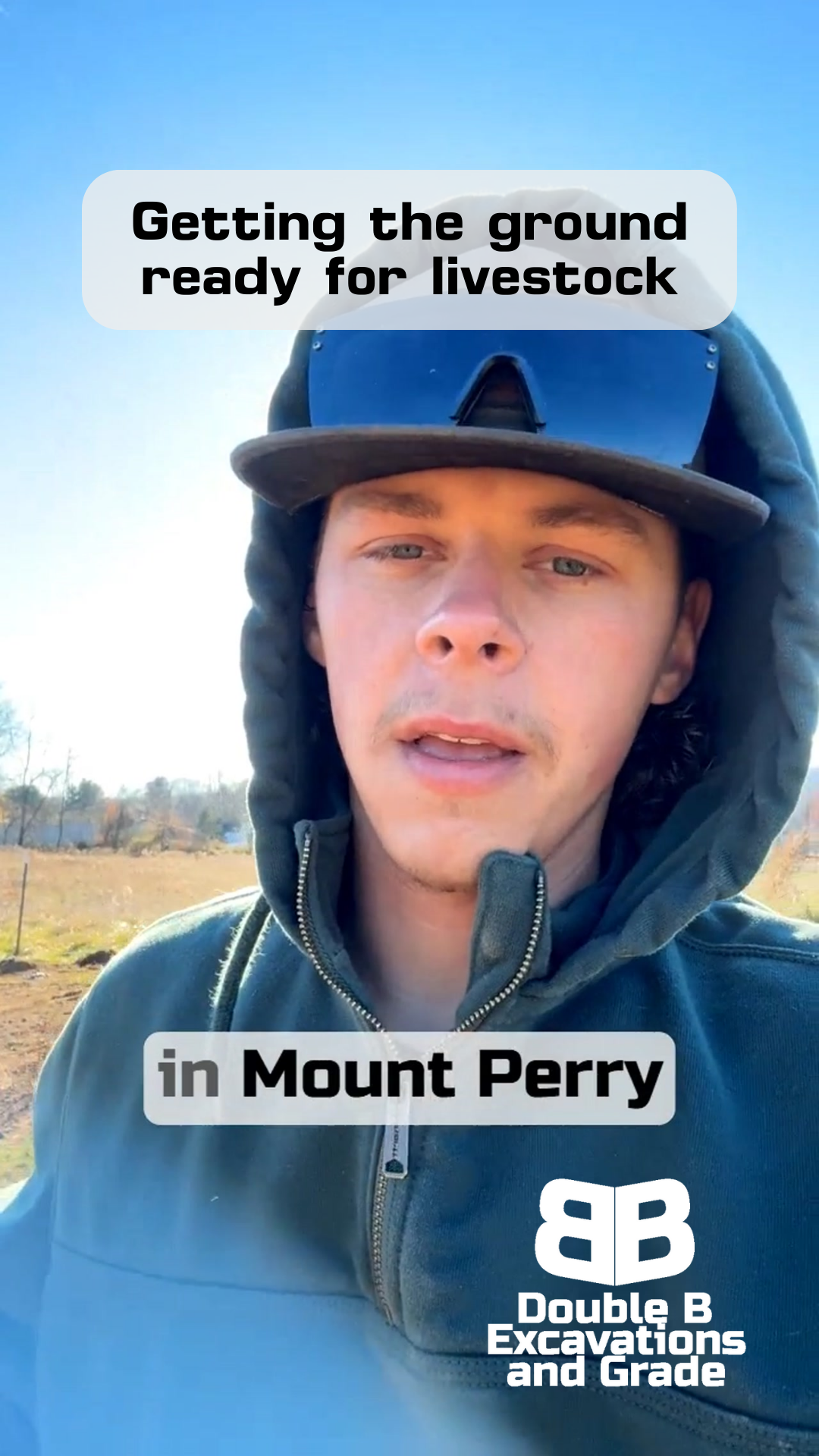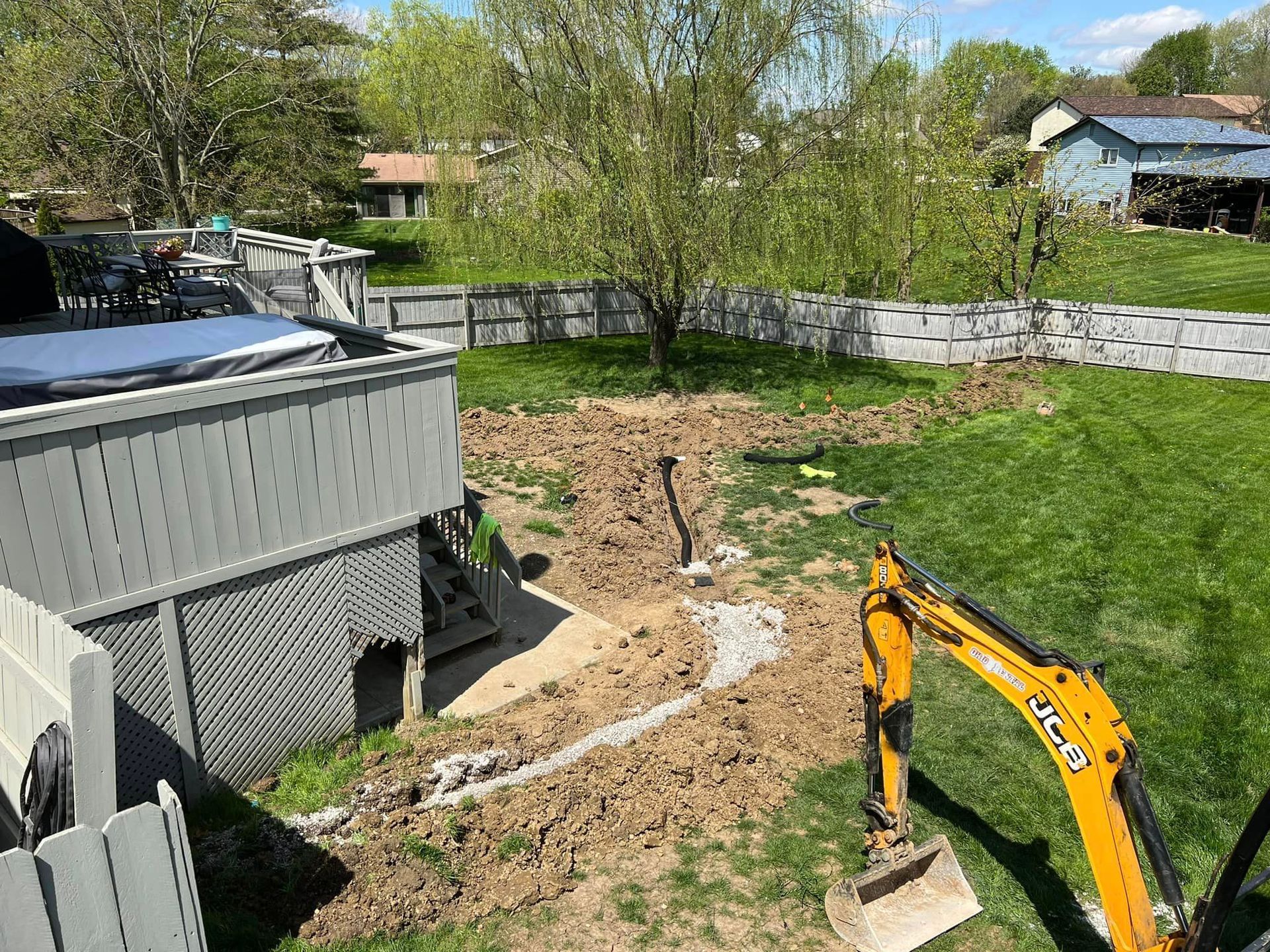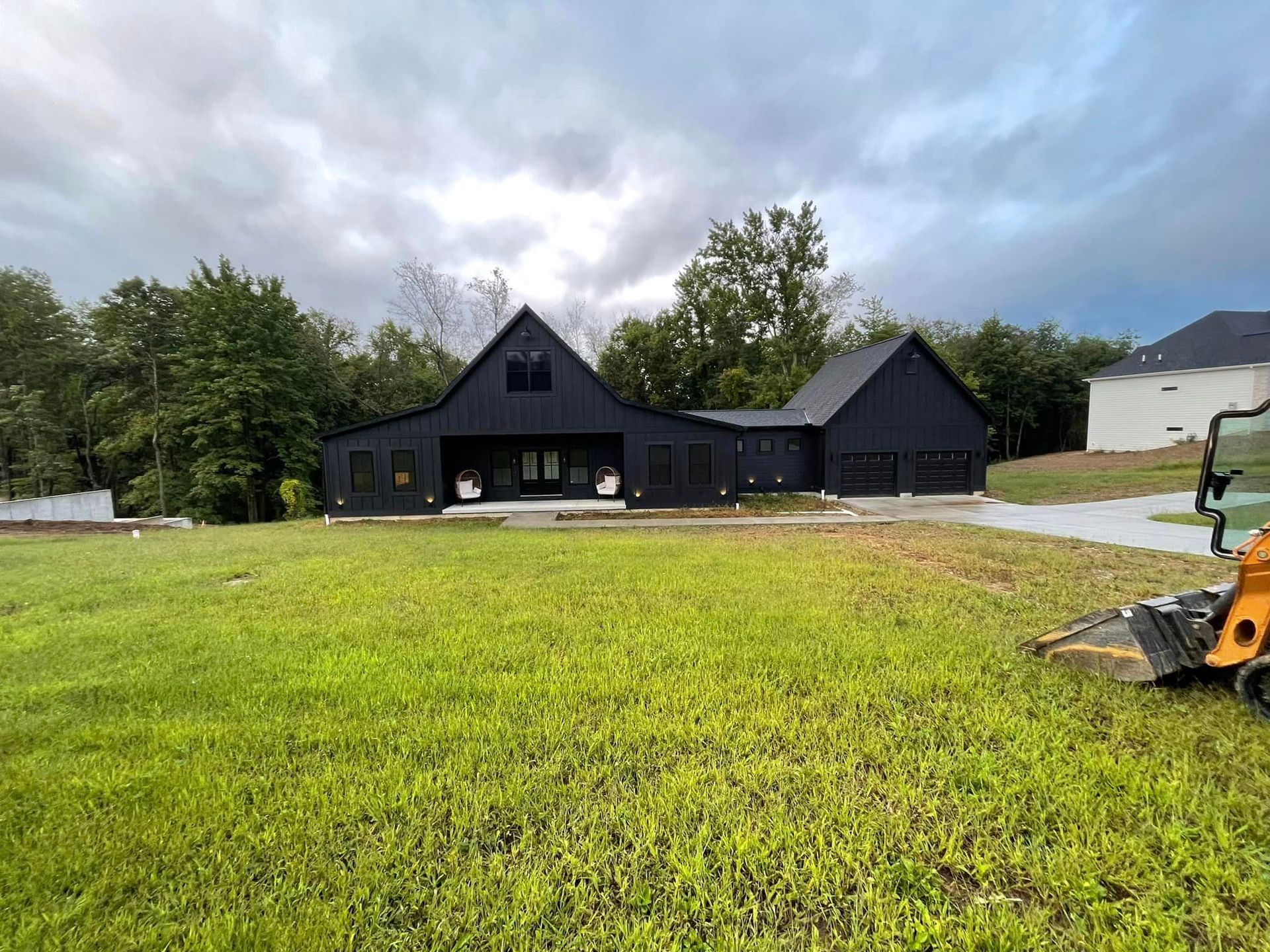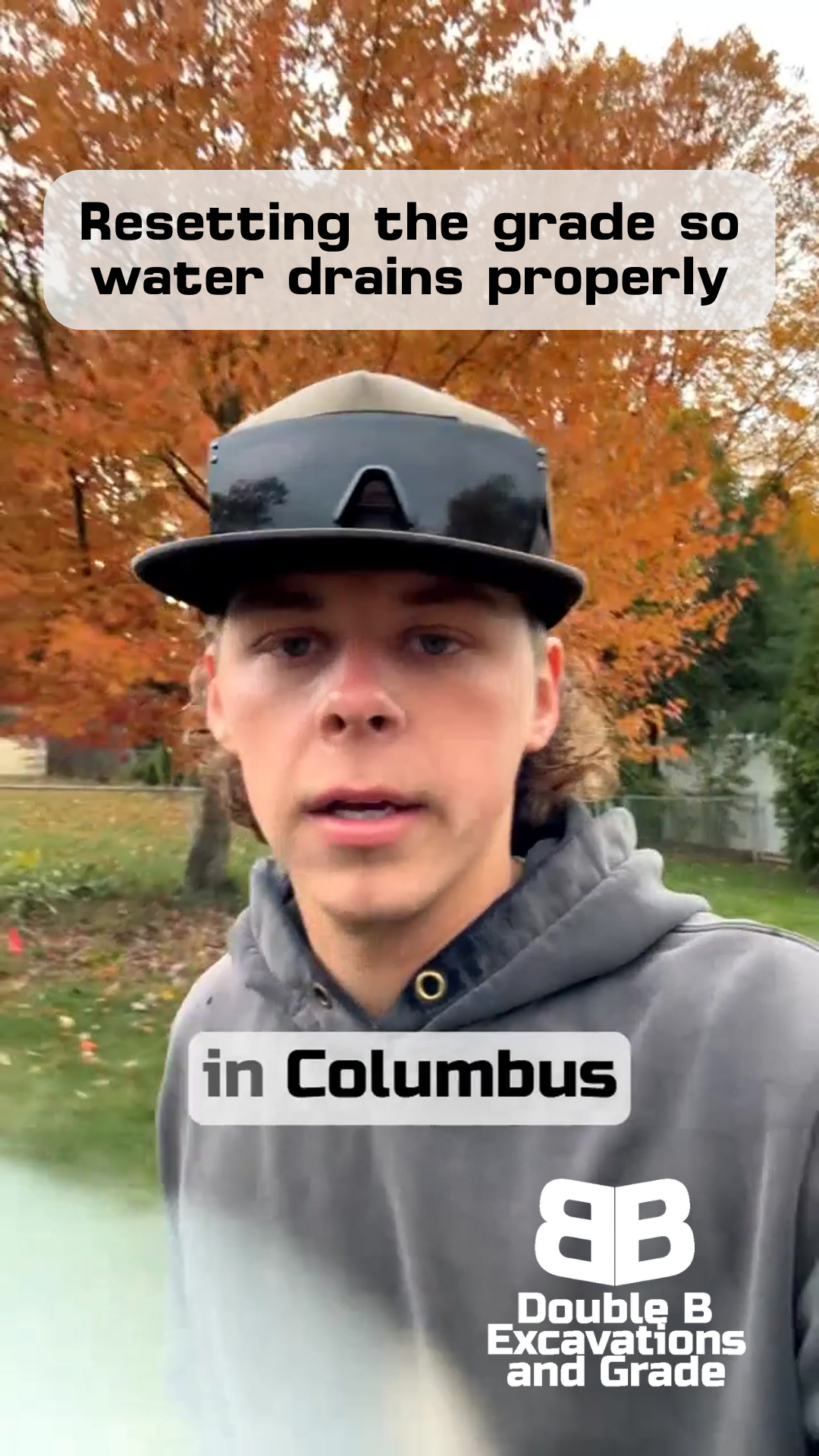Driveway Culvert Installation: Why Material Choice Makes All the Difference
Double B Excavations & Grade LLC
Solid Ground Starts Below
HOW PROPER CULVERT INSTALLATION PREVENTS DISASTER
Out in Pickerington this morning, with three machines warming up and a massive 48-inch culvert ready to install, I got thinking about how many folks don't realize just how important their driveway culvert really is.
It might not be the most exciting part of your property, but get this wrong, and you're looking at washouts, flooding, and expensive repairs down the road.
Here's the thing: when it comes to culvert installation, what goes under your driveway matters just as much as what goes on top.
We see it all the time - property owners trying to save a few bucks by going with cheaper materials, only to end up paying twice when things fail.
That's exactly why we're tackling this topic today, using our current Pickerington project as a real-world example.
Welcome to Double B!
Understanding Culvert Basics
Let's start with the basics. A culvert is essentially a tunnel that goes under your driveway to let water flow through. Without one, or with a poorly installed one, you're basically building a dam every time you put in a driveway. And trust me, water always wins that fight.
For today's project, we're installing a 48-inch diameter culvert that's 20 inches long. These measurements aren't random - they're carefully chosen based on water flow needs and local requirements. Think of it like picking the right size pipe for your plumbing - too small, and you're asking for trouble.
You've got options when it comes to culvert materials. The main ones you'll hear about are single wall and double wall corrugated pipe. Some contractors might also mention steel culverts. But here's where we need to be straight with you: not all these options are created equal, and some of them shouldn't even be considered for a driveway installation.
Single Wall vs Double Wall: The Critical Difference
Let me be straight with you about something: we won't install single wall culverts in driveways. Period. And there's a good reason for that. While single wall pipes might have their place in small drainage projects, they just aren't built to handle the weight and pressure of vehicles driving over them day after day.
That double wall culvert we're installing in Pickerington today? It's a beast. We're talking about seriously tough material that's engineered to take whatever you throw at it. Cars, trucks, heavy equipment - this thing can handle it all without breaking a sweat. The double wall construction means exactly what it sounds like: two layers working together to provide strength and durability that single wall pipes just can't match.
Sure, single wall pipes are cheaper. But here's a lesson I learned early in this business: saving money on materials usually ends up costing more in the long run. When a single wall pipe fails - and it will fail - you're not just replacing the culvert. You're likely fixing a collapsed driveway too.
Our Approach to Culvert Installation
When you pulled up to our Pickerington job site this morning, you would've seen three pieces of equipment running: our skid steer, excavator, and partner saw. Each one has its specific job in making sure this installation goes exactly right. This isn't overkill - it's what proper installation takes.
The equipment lineup tells you something important: installing a culvert isn't just about dropping a pipe in a hole. It's about proper preparation, precise placement, and perfect backfill. Each step matters. Think of it like building a house - if the foundation isn't right, nothing else will be either.
And here's something most folks don't think about: the installation process is just as important as the material choice. Even the toughest double wall culvert won't perform right if it's not installed correctly. That's why we take the time to do each step properly, from getting the grade right to ensuring proper compaction around the pipe.
The Warranty Factor
Here's something that really sets these installations apart: we can confidently warranty our double wall culvert installations. Why? Because we know what we're putting in the ground is going to last. With single wall pipes, we couldn't offer that same guarantee - and we won't install something we can't stand behind.
Think about that for a minute. When a contractor tells you they can't warranty their work, they're basically telling you they don't trust their own installation. That should be a red flag. We put our reputation on the line with every job, and that's why we only use materials we trust completely. Truth be told, the extra cost of a double wall culvert is a small price to pay for that kind of peace of mind.
Making the Right Choice
So how do you know if you need a new culvert? Look for these signs:
- Water backing up around your driveway during rain
- Dips or sagging in your driveway surface
- Visible damage to your existing culvert
- Water erosion around the culvert ends
When you're talking to contractors about installation, ask them straight up what type of culvert they use. If they start talking about single wall options to save money, that's your cue to keep looking. Remember, a proper culvert installation isn't just another expense - it's an investment in your property's long-term stability.
Avoiding Future Failures
Today in Pickerington, we're installing a culvert that's going to serve this property for years to come. Sure, we could have used cheaper materials or cut corners on the installation process. But that's not how we do things at Double B. When we drive past this property years from now, we want to know that culvert is still doing its job perfectly.
Looking Forward
If you're considering a new driveway or dealing with drainage issues, don't overlook the importance of proper culvert installation.
We're always happy to come out and take a look at your property, explain your options, and help you make the right choice for your specific situation.
Because at the end of the day, doing it right the first time is always the smartest way to go.
